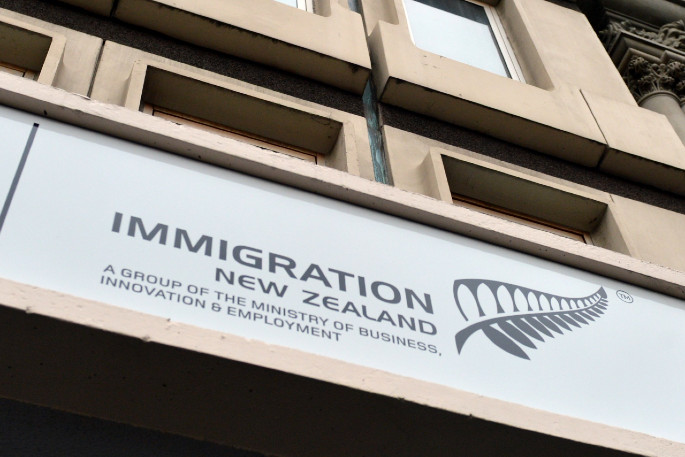This Content Is Only For Subscribers
Two new seasonal visas—the Global Workforce Seasonal Visa (GWSV) and the Peak Seasonal Visa (PSV)—are set to change the way New Zealand manages labour shortages in its tourism sector.
MBIE (Ministry of Business, Innovation & Employment) says the goal is to address critical staffing gaps during seasonal peaks while supporting long-term industry resilience.
Polly Vowles, MBIE manager immigration (skills and residence) policy says “These seasonal visas will be reviewed after one year of operation, in consultation with the Ministry of Social Development to assess whether the visas are working as intended and whether there have been any unintended consequences. This information will be available, following standard Official Information Act guidelines.”
Criteria
Tourism-linked occupations have been prioritised under the visas, reflecting both skill shortages and the seasonal demands of regional tourism.
“The Government considered a range of factors before introducing these visas, include past visa volumes and insights from industry on specific skill shortages. The visas are designed to support sectors with environmental seasonal peaks which fall outside the scope of the Recognised Seasonal Employer scheme. Roles in these sectors are often difficult to fill locally due to their timing and location and for the Global Workforce Seasonal Visa (GWSV) have a history of returning migrant workers. The visas will be regularly reviewed and this will provide an opportunity to make changes to the list of eligible occupations, including the addition of new occupations – the first review will begin after one year of operation,” Polly says.
Balancing the workforce
MBIE is clear that the new visas must complement, not displace, opportunities for New Zealand workers.
Polly says “Both visas include safeguards to ensure employers are offering opportunities to New Zealand workers first. For example, the Peak Seasonal Visa (PSV) requires employers to advertise roles domestically and to engage with MSD either through the Labour Market Test or by obtaining Work and Income endorsement. The Global Workforce Seasonal Visa (GWSV) is limited to highly skilled roles that have a history of being unable to be filled domestically,”
“The Government’s Tourism Growth Roadmap, released earlier this year, aims to grow international tourism and increase the number of Kiwis in tourism and hospitality jobs. As part of the shift towards supply-side interventions in the future, the Government will consider initiatives that both grow and strengthen the domestic tourism and hospitality workforce.” she says.
Allocations
MBIE says there is no cap or set allocations for the seasonal visas or quota for how many visas will be allocated to tourism roles versus other industries, however the visas have been timed to align with seasonal employment cycles in the tourism sector.
“Immigration New Zealand is currently working on implementing these visas, both set to launch on December 8 2025. They are designed to support tourism and other seasonal sectors by aligning visa processing with peak hiring cycles. We’ve mapped sector-specific seasonal peaks and will ensure sufficient processing capacity is in place to meet demand. All applicants must meet the visa requirements. While the GWSV does not include a formal fast-track pathway, submitting a complete application with all required documentation will enable us to decide their visa application more quickly,” says Polly.
Continuity and retention of proven workers is also part of the strategy.
Polly says “The GWSV in particular supports continuity by allowing experienced workers to return for subsequent seasons on the same visa, and the ability to immediately renew after three years.”



